What are Chambers of Culture?
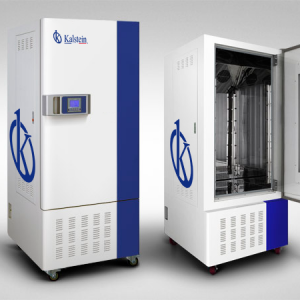
The chambers of cultures, are peculiar units, capable for the growth of vegetables, plants, seeds, small living organisms such as insects, bacterial cultures, food, tests of product quality and other uses of experiments of light and constant temperature, allowing from the inside, adjust measures of climate and humidity. However, in addition to standard climate cameras, crop chambers are equipped with a lighting system that simulates the effect of sun exposure.
What are the steps to cut a Microtome?
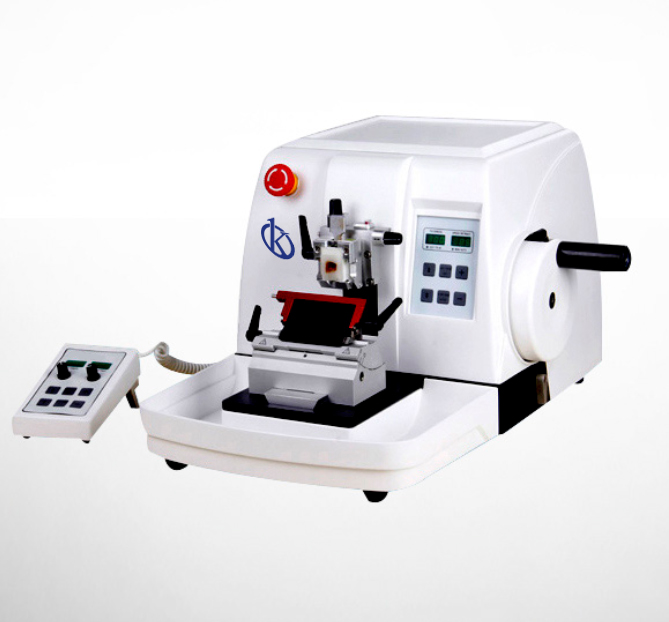
The microtome is a laboratory equipment of histology, used to cut the samples in thin caps, from a paraffin base, so that light will pass them into them and be studied from a microscopic perspective.
What are the most common tests done in a Pathology or Histology Laboratory?
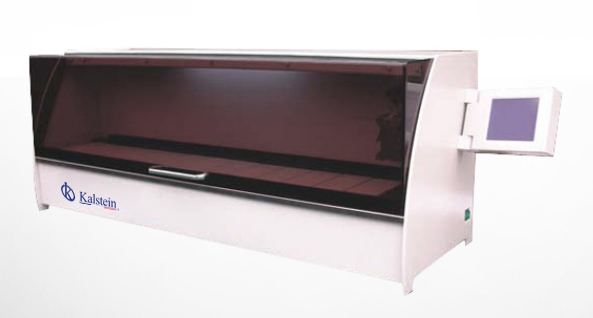
The different tests that are carried out in popular anatomy laboratories are carried out to study the cause, evolution and consequences of numerous diseases, analyzing the cells of tissues and tumors of the body. It therefore has an important diagnostic and prognostic value.
Methods for measuring dissolved oxygen
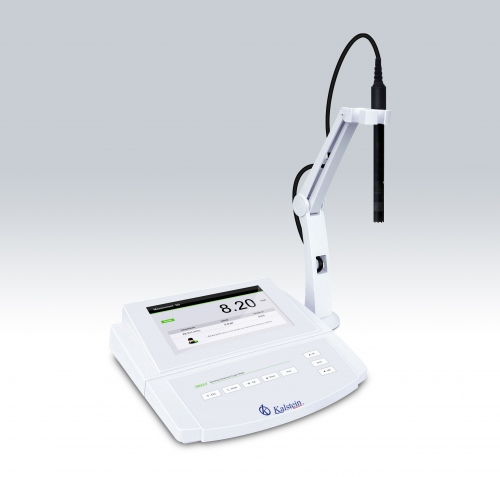
Dissolved Oxygen (DO) is the measure of the amount of oxygen that is distributed in a system. Measurements are generally taken in water using a DO probe and meter. When performing dissolved oxygen measurements in the laboratory or in the field, it should be considered which type of DO technology is most suitable to employ.
Oxygen meter: How is it used? (twenty-one)
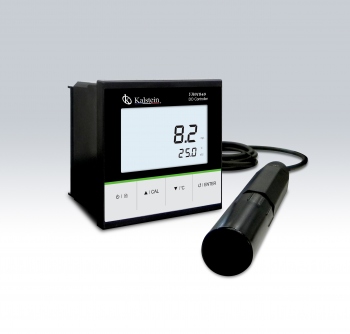
The oxygen meter is a device for measuring and determining oxygen in liquids and in air. With the oxygen meter you can quickly analyze your water by determining the oxygen content. The temperature sensor built into the oxygen meter allows automatic temperature compensation.
What are the differences between a Dissolved Oxygen Meter and a Turbidity Meter?

It is important to note that there are different devices to measure these standards. In turn, the choice of these will depend on the use given to them in the laboratories. Its value lies in knowing the quality, physical and chemical characteristics of water.
Dissolved oxygen, how is it measured?

Dissolved oxygen is the amount of oxygen dissolved in water, commonly recorded as DO, and expressed in milligrams of oxygen per liter of water (mg/l) or in ppm. The amount of dissolved oxygen is an indicator of the self-purification capacity of a body of water.
Dissolved oxygen meter: How should it be used?

Oxygen meters are devices that use the amount of oxygen that is dissolved in or transported by a fluid, that is, a multi-capacity instrument for water quality inspection. Typically these equipment use two measuring scales: parts per million (ppm) or saturation percentage (%). Dissolved oxygen meters are used in the field and in laboratories.
Dissolved Oxygen: How to Measure It Accurately?

Dissolved Oxygen (DO) is the gaseous oxygen that is dissolved in an aqueous solution, it is also defined as the measure of the amount of oxygen that is distributed in a system. Dissolved oxygen is related to water quality and can be accurately measured with an oxygen meter.
How is an oxygen meter used?

An oxygen meter is a laboratory equipment that is used to determine the amount of dissolved oxygen in liquids this uses a specialized probe that detects oxygen, this probe contains a series of optical fluorescence sensors, galvanic sensors or polarographic sensors. With this device, water can be quickly analyzed by determining the oxygen content dissolved in it.
